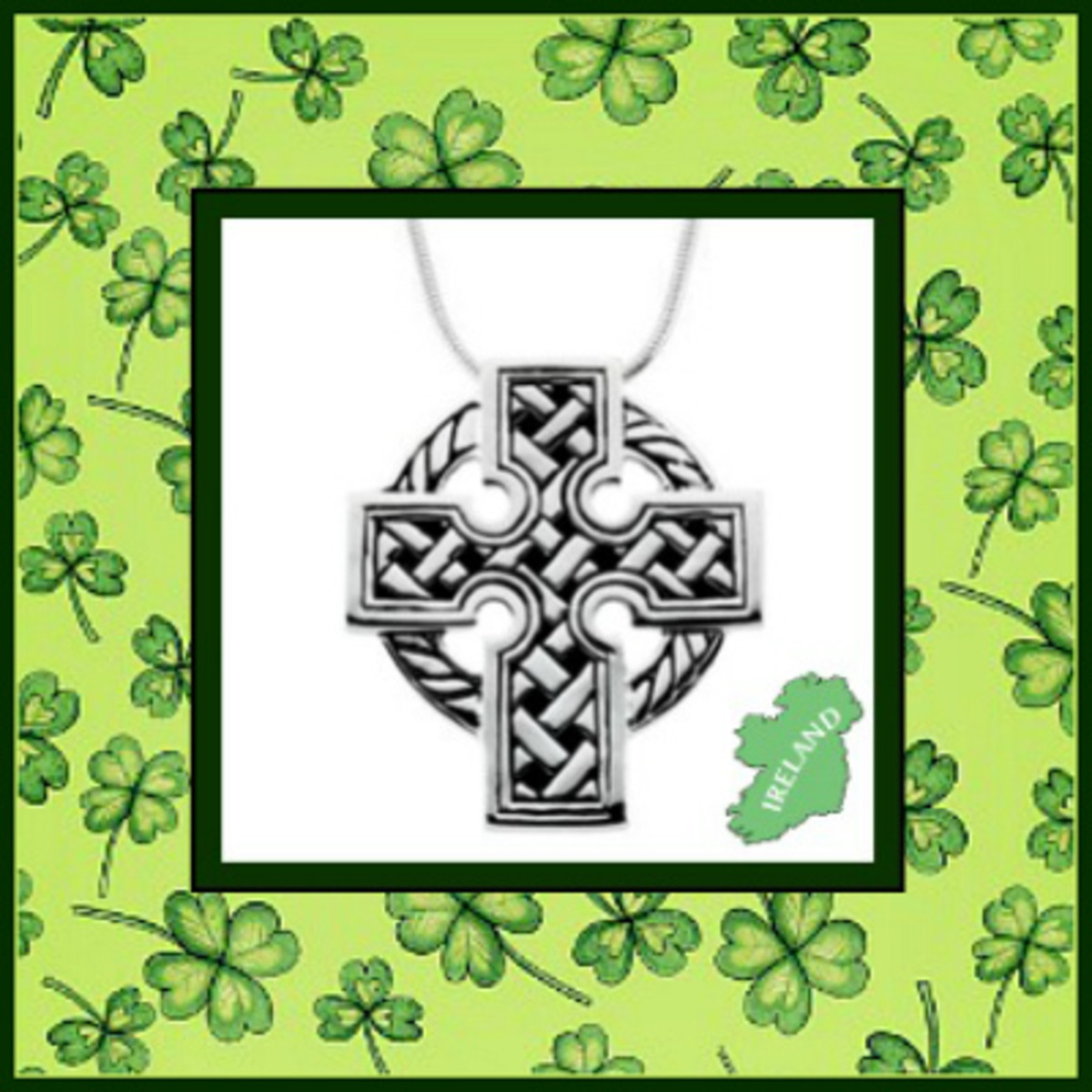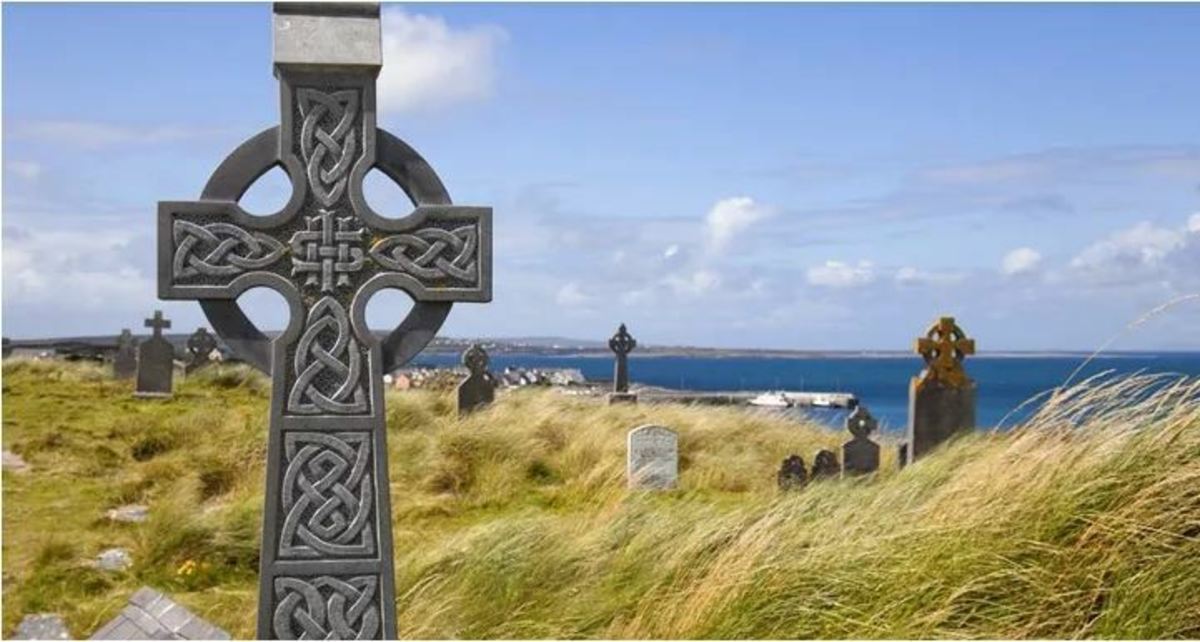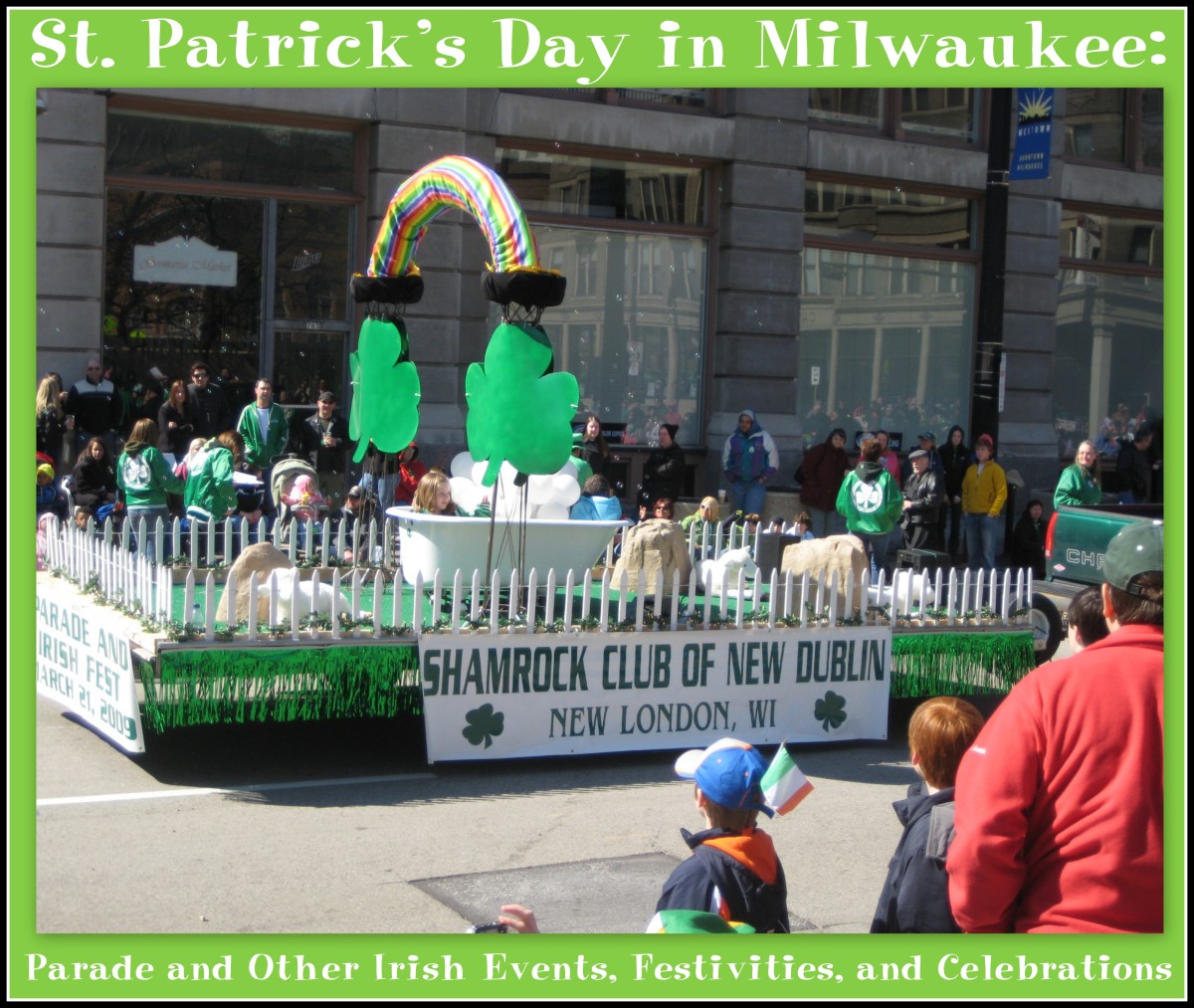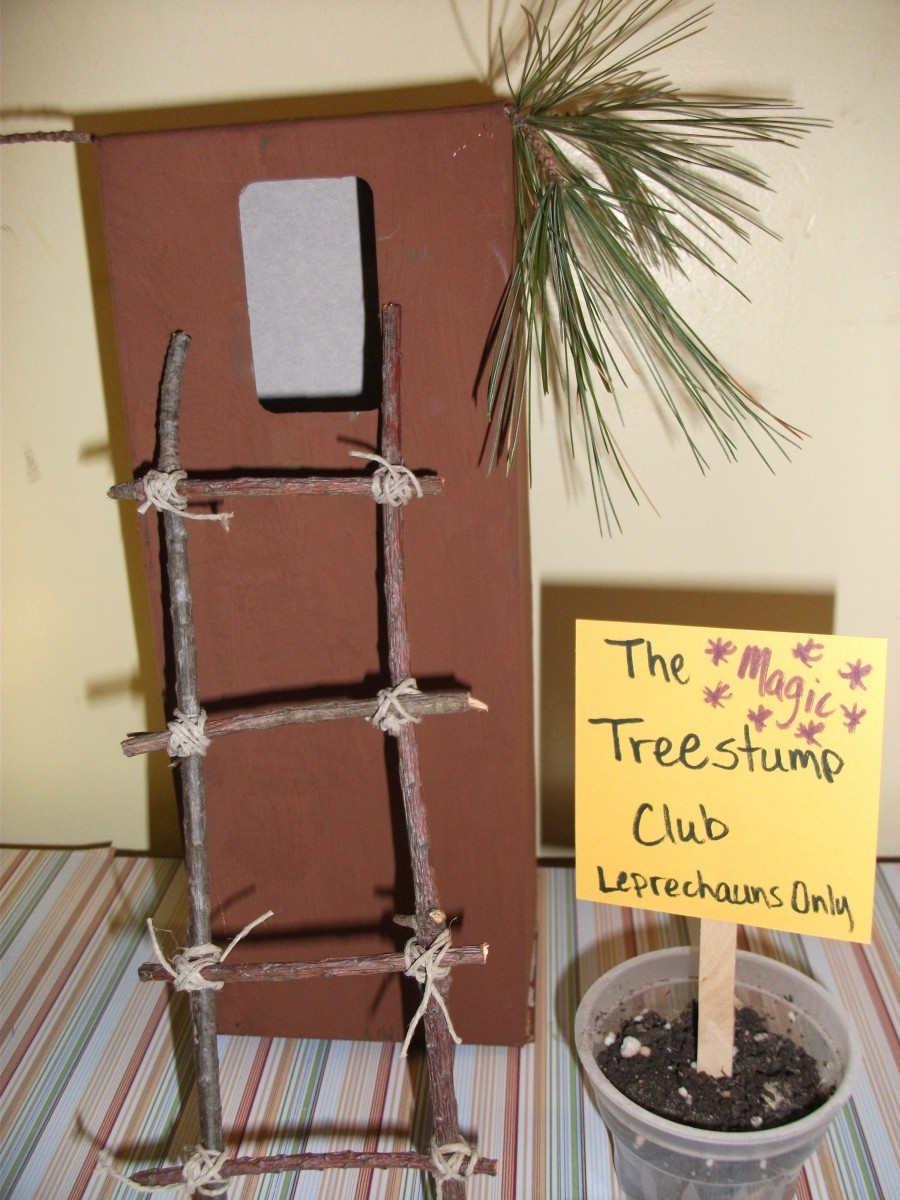Saint Patrick's Day for Australians

Irish Cultural elements
Although it is not a public holiday, St. Patrick’s Day is a significant cultural celebration in Australia.
Along with other Celtic peoples, the Irish were prominent amongst the first Europeans to settle in Australia. Recent immigration from a variety of African, Asian and other countries in the Pacific region has changed the Australian population, but at one stage about 30% of Australians had some Irish Ancestry.
According to timeanddate.com people of Irish descent comprised a substantial portion of the convicts deported to Australia in the late 1700s (often for petty theft and/or political crimes). More than 300,000 free Irish settlers also migrated to Australia between 1840 and 1914. Many of these came to escape poverty and conflict back in Ireland.
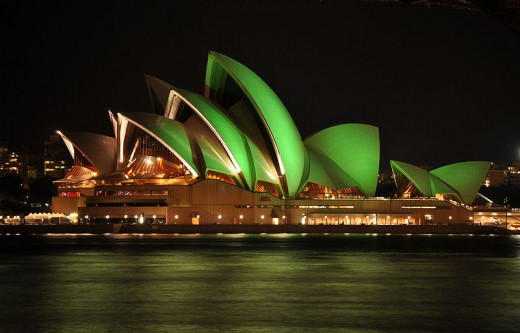
Reasons for Immigration
Much of the conflict in Ireland was of a politico-religious nature, as the religious affiliation of choice for many Irish people was the Catholic Church; but the government had been taken over by the Protestant Monarchy of Britain around the 17 Century CE. (Dates vary as there were a number of uprisings and battles involved in subduing the country).
This created other areas of inequality as the reigning government tended to reward the minority who subscribed to their ideology and punish or deprive those who retained their native beliefs. The subsequent division of Ireland into two territories in 1921 aggravated the problem.
The settlement in Australia, in contrast to the troubled Irish homeland, was seen as a haven of freedom, equality and opportunity. Once in the new country Immigrants were free to be Catholic, Protestant or non-religious as they wished and good fortune might reward the hard worker.
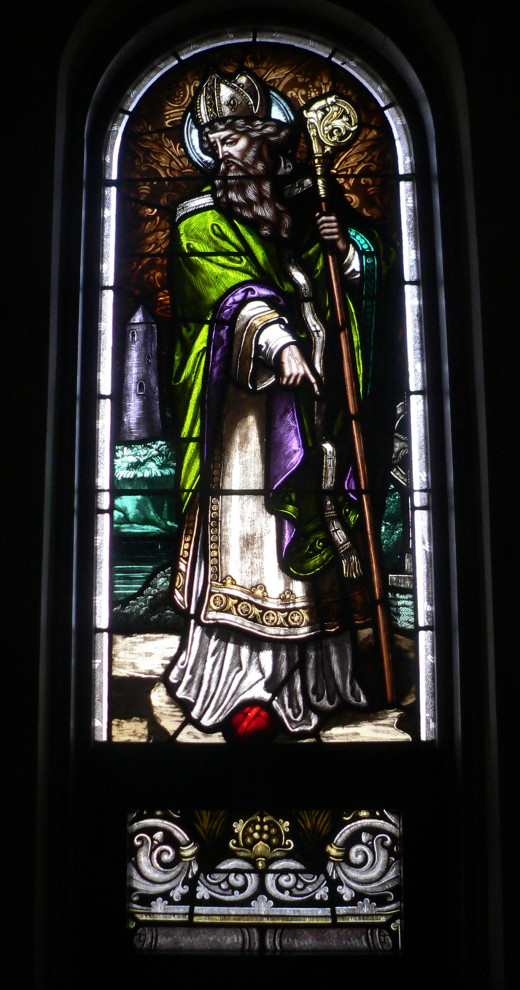
Who was St Patrick?
According to The Lion History of Christianity St. Patrick was a Romano-Britain who was captured by Irish raiders in the early 5th Century CE. At this time, Ireland was composed of groups of warring tribes. They were fierce and had never been subdued by the Romans. (The Romans were also unable to fully conquer the Celts of Wales and the Picts of Scotland).
Britain had been exposed to Christianity during the period of Roman rule, however, after the fall of the Roman Empire, the Romans withdrew their defenses from Western Britain and the land was conquered by the Anglo Saxons. Pagan religions prevailed for some time and Christianity only survived in pockets. These pockets gave rise to notable figures who were hailed as “saints”. Three major saints were David of Wales, Gildas the Wise who immigrated to Brittany and Patrick, who is often credited with taking Christianity to Ireland.
What did Patrick do?
Patrick is the most famous of these saints and became the Patron Saint of Ireland. According to one story, he expelled all the snakes from Ireland, enabling the people to live free from such pests. (The snake is also considered a symbol of the devil in Judeo-Christian mythology.)
According to another story, Patrick engaged the High king of Ireland (Loaghaire) in a magical duel at Tara. Patrick’s prayers proved more powerful than all the druids spells and the Irish King agreed to convert to Christianity. The lesser rulers and common people followed the High King’s example.
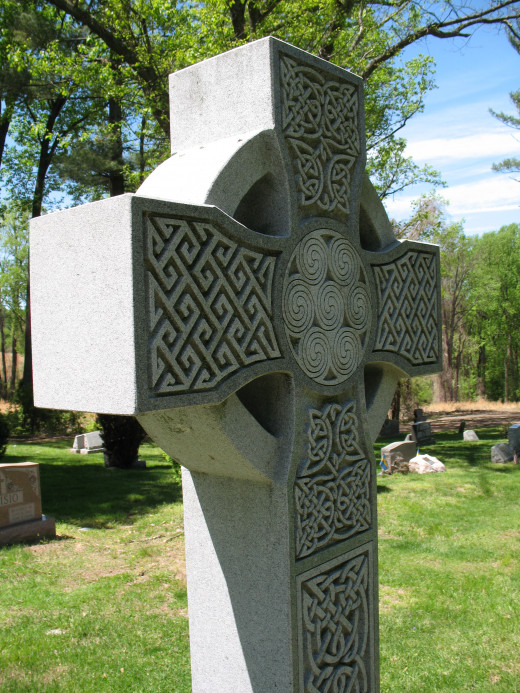
Why was the Irish church special?
Irish/Celtic Christianity retained many of the humanitarian aspects of the druidic culture. Instead of locking themselves away in monasteries like some of their European counterparts, Celtic Monks travelled around the villages, teaching children, telling stories, tending the sick and settling disputes. The monasteries were centres of knowledge and repositories of learning, as the monks copied texts to preserve them and created attractively illuminated manuscripts such as the Book of Kells (or Celtic Gospels).
Another Celtic belief retained by the Church was the concept of “soul friend” which involved an older person mentoring a younger individual. Moreover, the cross and circle motif adorning many churchyards and chapels echoed traditional Celtic art.

Modern Australian celebrations
Close knit Irish Clubs and Celtic Communities exist in most states of Australia. These clubs organize street parades and celebrations around March 17 each year. Irish bands and Irish dance schools perform and beer is enjoyed throughout the day.
Close knit Irish Clubs and Celtic Communities exist in most states of Australia. These clubs organize street parades and celebrations around March 17 each year. Irish bands and Irish dance schools perform and beer is enjoyed throughout the day.
Schools and kindergartens make hats and both children and adults enjoy wearing green clothes and eating green food. Many people do this as a fun thing, but to Australians of Celtic and Irish descent, the day remains a valuable reminder of their heritage.
References
http://www.timeanddate.com/holidays/australia/st-patrick-day
http://www.teara.govt.nz/en/irish/page-1
The Lion History of Christianity pp.163-168

